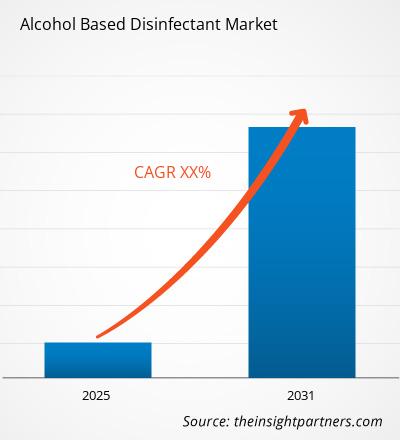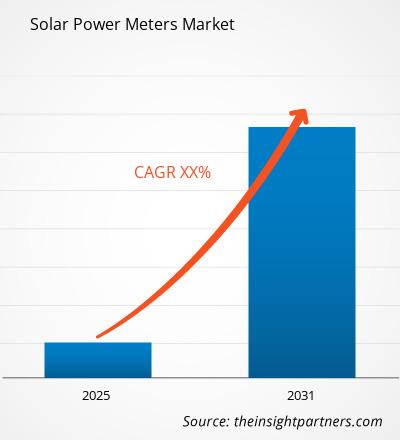The team running a cannabis retail business was facing a real headache: their shelves were packed with dozens of different strains, flavors, and THC levels — and everyone’s tastes were different. Customers would walk in hoping to find something they liked … but often, their favorite products were out of stock. Sometimes they’d simply leave. Other times, they’d pick something just because it was available, even if it wasn’t quite right for them.
That’s when Zfort stepped in with a clever idea: what if AI could understand individual preferences, predict demand — and help match people to the perfect product?
They started small. The team collected data: which products people tried, what they said about them, and how often each item was bought. They also monitored broader trends — which strains were becoming popular, which flavors were hot, and how new items were performing. Then they fed all that into an intelligent engine that could spot patterns and make predictions.
The AI didn’t just make guesses — it gave tailored suggestions. It recommended items to customers based on their history and taste, suggested similar products when their favorites ran out, and even helped the sales reps know what to push. Store owners could see handy dashboards that showed demand trends and stock risks. Marketing teams could identify which products to promote based on what people were loving.
Under the hood, the system was running on strong tech: cloud storage, neural models, and a smart mix of data sources. As it grew, Zfort scaled the engine, optimized how much it cost to run, and eventually connected it directly to the client’s infrastructure.
The payoff was visible fast: customer satisfaction jumped by 24%, and the rate of people leaving empty-handed dropped by 18%. More people found something they liked, and the business turned away fewer sales.
By blending human feedback with AI, Zfort helped turn a chaotic product lineup into a curated experience — where every customer felt understood, and every store felt a little smarter.
https://www.zfort.com/case-studies/AI-cannabisThe team running a cannabis retail business was facing a real headache: their shelves were packed with dozens of different strains, flavors, and THC levels — and everyone’s tastes were different. Customers would walk in hoping to find something they liked … but often, their favorite products were out of stock. Sometimes they’d simply leave. Other times, they’d pick something just because it was available, even if it wasn’t quite right for them.
That’s when Zfort stepped in with a clever idea: what if AI could understand individual preferences, predict demand — and help match people to the perfect product?
They started small. The team collected data: which products people tried, what they said about them, and how often each item was bought. They also monitored broader trends — which strains were becoming popular, which flavors were hot, and how new items were performing. Then they fed all that into an intelligent engine that could spot patterns and make predictions.
The AI didn’t just make guesses — it gave tailored suggestions. It recommended items to customers based on their history and taste, suggested similar products when their favorites ran out, and even helped the sales reps know what to push. Store owners could see handy dashboards that showed demand trends and stock risks. Marketing teams could identify which products to promote based on what people were loving.
Under the hood, the system was running on strong tech: cloud storage, neural models, and a smart mix of data sources. As it grew, Zfort scaled the engine, optimized how much it cost to run, and eventually connected it directly to the client’s infrastructure.
The payoff was visible fast: customer satisfaction jumped by 24%, and the rate of people leaving empty-handed dropped by 18%. More people found something they liked, and the business turned away fewer sales.
By blending human feedback with AI, Zfort helped turn a chaotic product lineup into a curated experience — where every customer felt understood, and every store felt a little smarter.
https://www.zfort.com/case-studies/AI-cannabis








